Now’s the Time to See Hundreds of Bald Eagles
The Winter Wings Festival at Klamath Basin National Wildlife Refuge is one of the longest-running bird festivals in the country
/https://tf-cmsv2-smithsonianmag-media.s3.amazonaws.com/filer/6e/08/6e08d537-13b9-4c84-8ae5-87f406c6e91f/copy_of_copy_of_img_9303_-_copy.jpg)
Each winter, two types of migrations take place at the Klamath Basin National Wildlife Refuge Complex. One involves the largest concentration of wintering bald eagles in the lower 48 states. The other involves the people who flock to the border of California and Oregon to see those eagles. Each winter, hundreds—sometimes thousands—of bald eagles descend upon the Klamath Basin, attracted by plentiful food and safe nesting grounds. And each winter, over Presidents' Day weekend, thousands of eagle enthusiasts flock to the area to participate in the country's longest-running bird festival, the Winter Wings Festival.
Open water and marsh habitats dot the Klamath Basin, the region of California and Oregon drained by the Klamath River. It's estimated that these areas provide habitat for over 80 percent of migratory birds, like ducks and geese, that use the Pacific Flyway, a major north-south corridor for migratory birds that extends from the Arctic tundra to Patagonia. At times, birds can number in the millions. Bald eagles follow the migratory waterfowl and come to the basin from as far away as Alaska and northwestern Canada to spend the winter hunting small birds. The eagles begin arriving in November, and their numbers peak in mid-February, when visitors can expect to see dozens of eagles at a time.
Arguably the most famous bird in the United States, the bald eagle once thrived across the country, numbering near half a million at their peak in the early 1700s. However, hunting combined with habitat loss to depress population numbers before World War II, and widespread use of the pesticide DDT after WWII furthered the eagles' problems. As DDT washed into waterways, it was absorbed by plants and fish, which were in turn consumed by the eagles. The chemical made it difficult for the eagles to produce eggs with strong shells, preventing healthy offspring from hatching, because thin shells would often crack and break during incubation. In 1963, only 487 nesting pairs of bald eagles remained in the lower 48 states.
Scientists around the country sprung into action, hoping to stave off a looming extinction. Ralph Opp, a wildlife biologist for the Oregon Department of Fish and Wildlife (ODFW), came to the Klamath Basin in 1969 to help Oregon's efforts to conserve the bald eagle. Opp says the tactics were broad: Scientists spent time taking seasonal inventory of eagles in the area, identifying key eagle habitats and mapping migration patterns. But another crucial part of the conservation effort was educating the public, both about the bald eagle's plight and the conservation effort.
"I, the local federal waterfowl refuge manager and a couple of out-of-area Audubon chapters decided to host an educational Bald Eagle Conference the President's holiday weekend in 1980," Opp says. The conference turned out to be the first birding festival in the United States; some 35 years later, it has morphed into the Winter Wings Festival.
As bald eagle populations began to recover (there are now more than 9,700 nesting pairs in the lower 48 states), the festival expanded its focus, including workshops and information sessions about other birds like owls, hawks, falcons and wintering woodpeckers. This year's events include bird watching trips, classes for first-time birders and workshops for those hoping to learn about photographing birds. The festival runs through Sunday, February 15, 2015.
For those who come to the area primarily to see bald eagles, there's no shortage of opportunities, even outside of the organized festival. Though a visitor coming to the basin in February could stumble upon a bald eagle without looking for one, there are certain areas within the larger Klamath Basin National Wildlife Refuge Complex that lend themselves to bald eagle sightings. The 174,279-acre complex is comprised of six different refuge areas, but the Bear Valley National Wildlife Refuge offers one of the best places to watch a morning "fly-out," when eagles leave their nighttime roosts in the early morning to hunt. The best place to see the morning flyout is along the refuge's southeast side, although the eagles fly in every direction, searching for rodents or waterfowl that have been injured or died from the hard winter conditions. The first eagles leave about 30 minutes before sunrise and continue to trickle out throughout the morning. If the weather has been particularly cold, the eagles tend to head toward the waterfowl that congregate on patches of open water.
Eagles remain at Klamath Basin in high numbers through mid-March, so if you miss the February peak, there's still reason to visit the refuge. The birds can even be seen through spring and summer, though in lower numbers than over the winter.
/https://tf-cmsv2-smithsonianmag-media.s3.amazonaws.com/accounts/headshot/natasha-geiling-240.jpg)
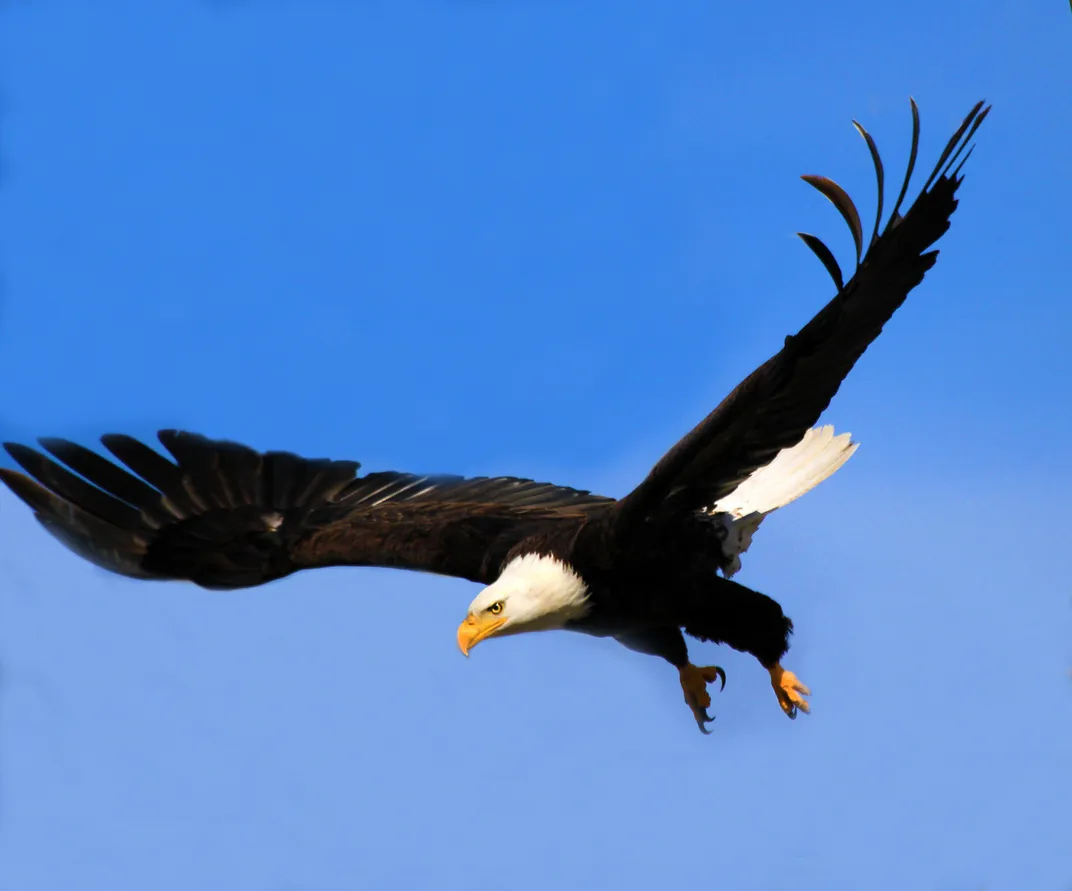
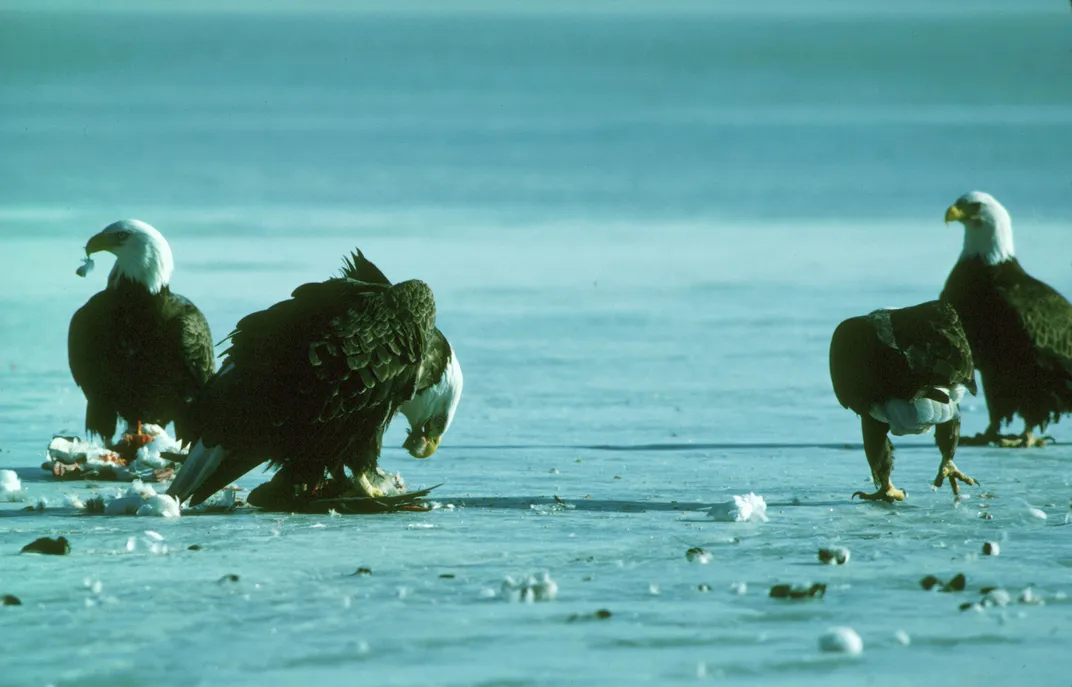
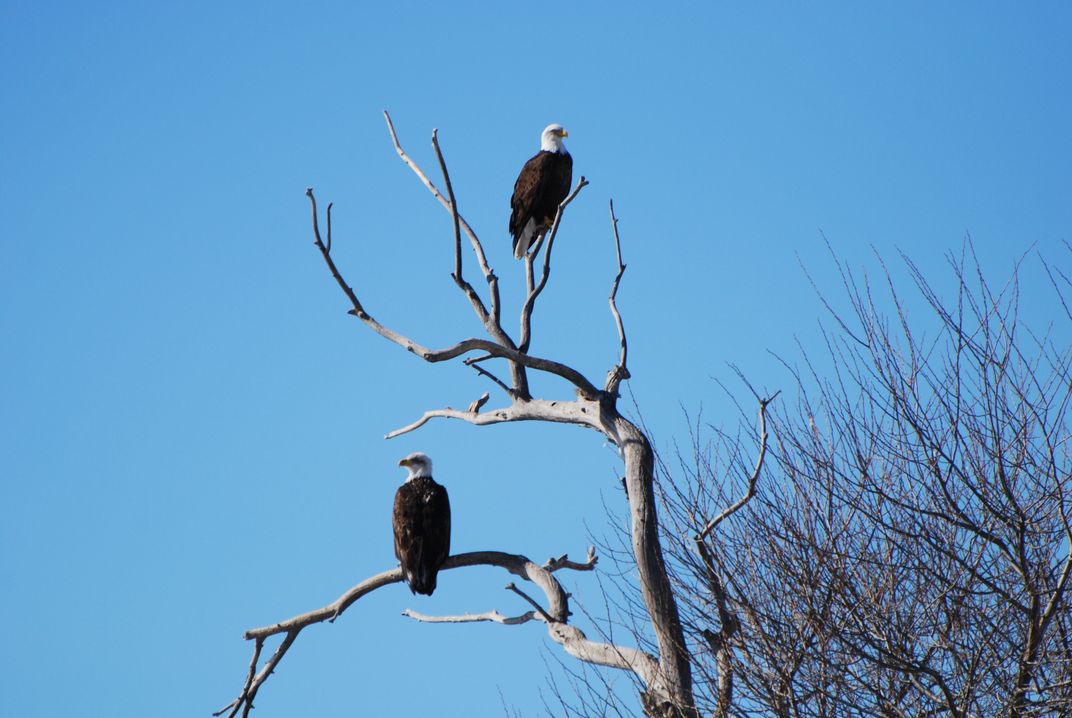
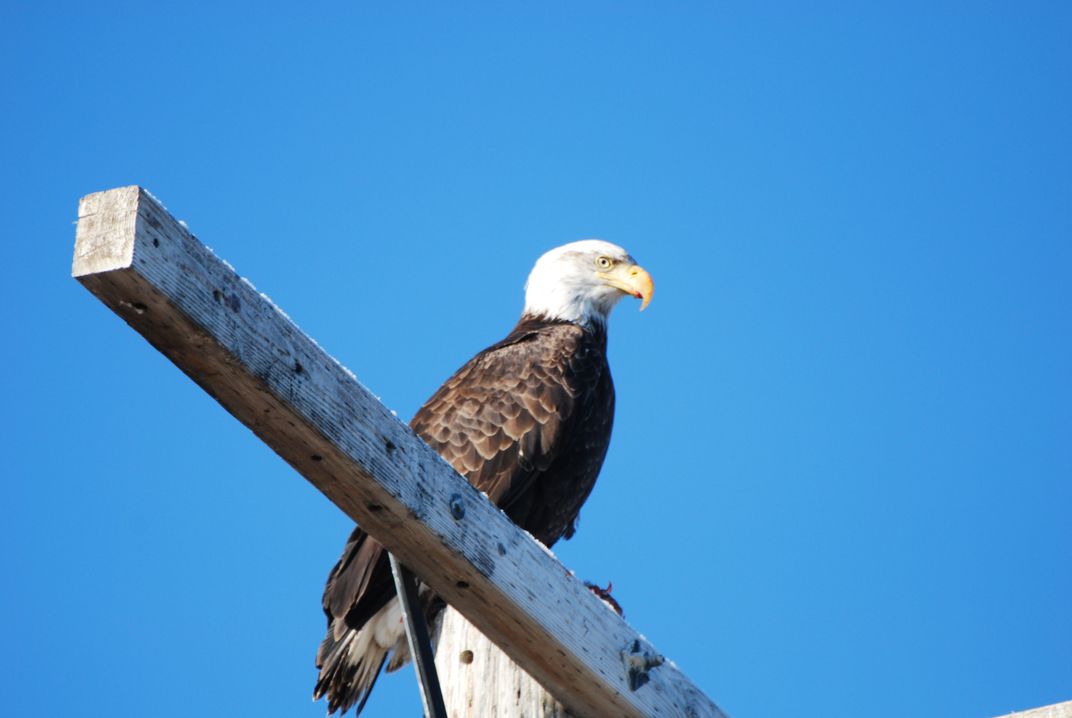
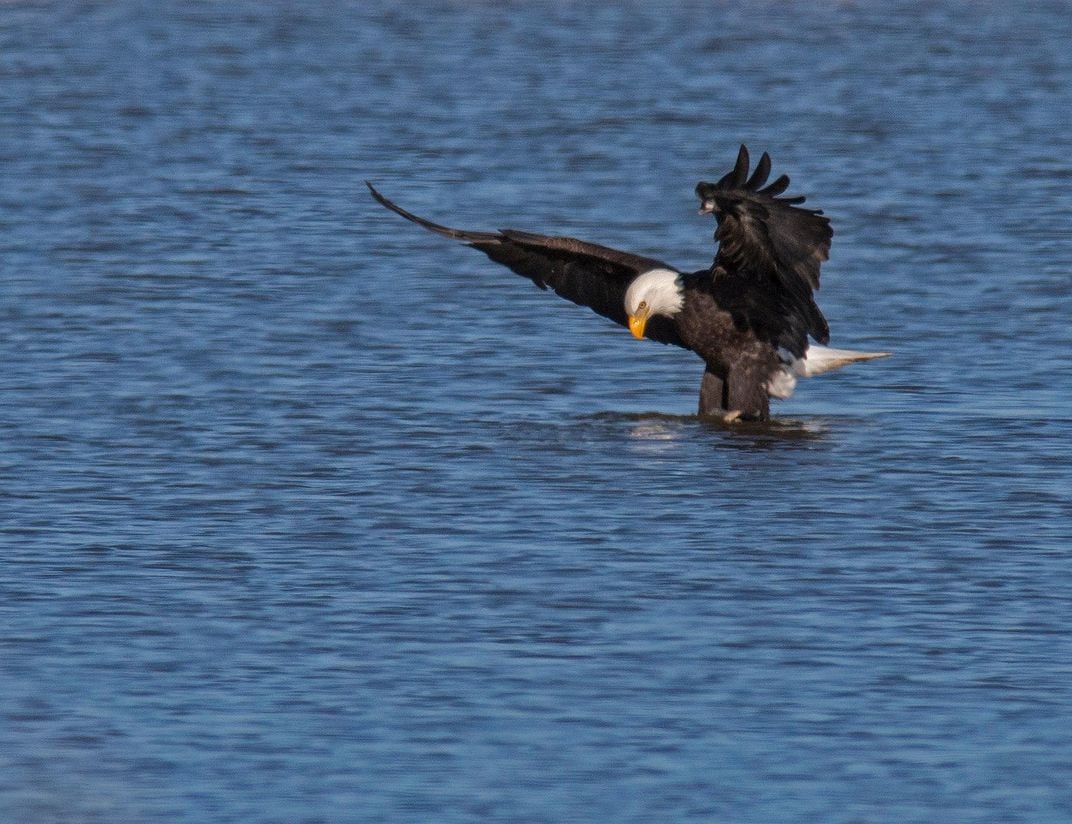
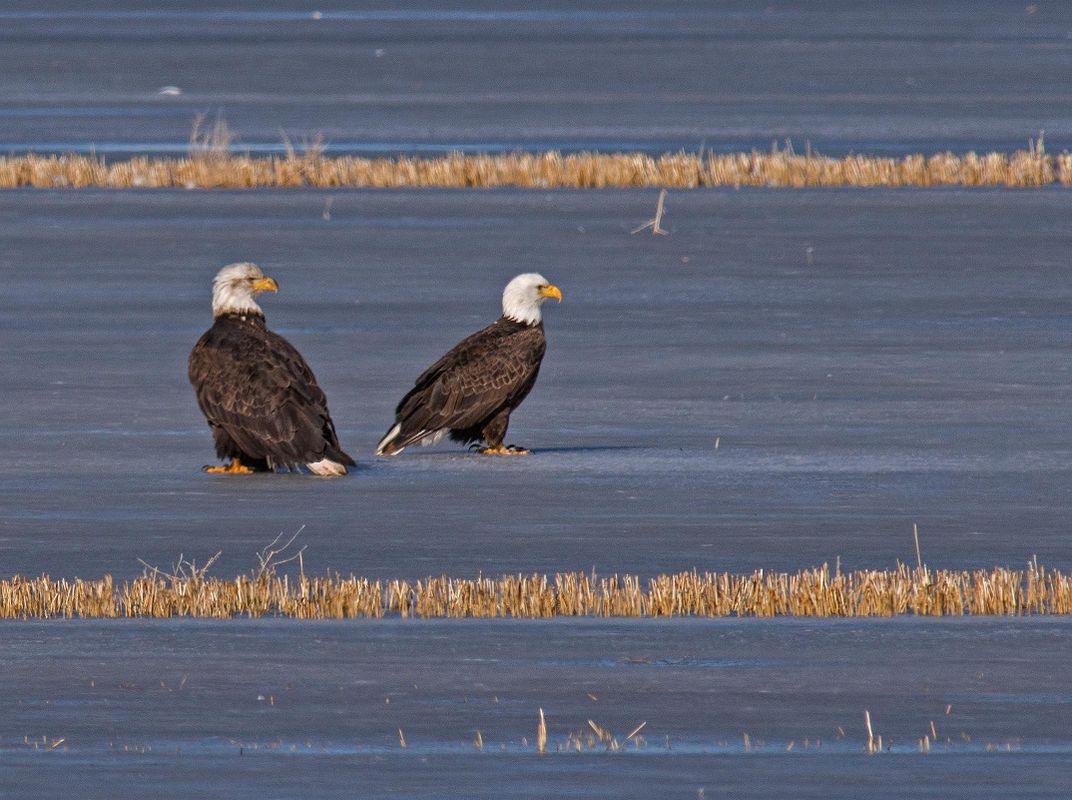
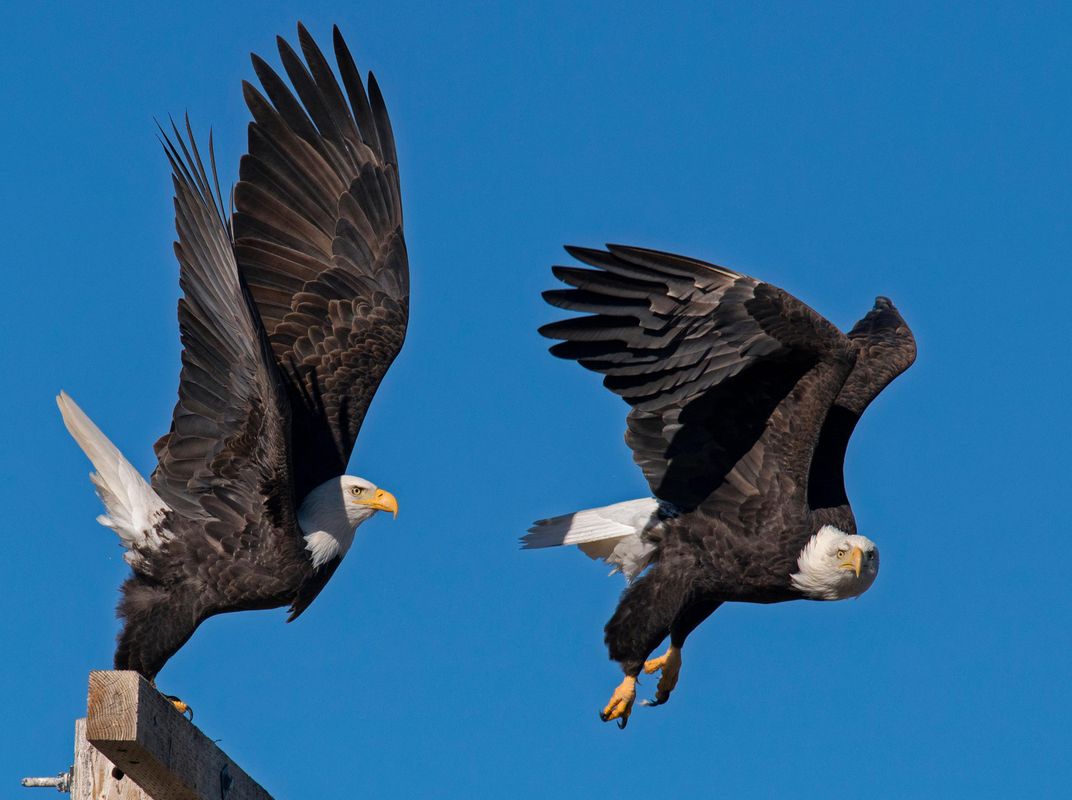
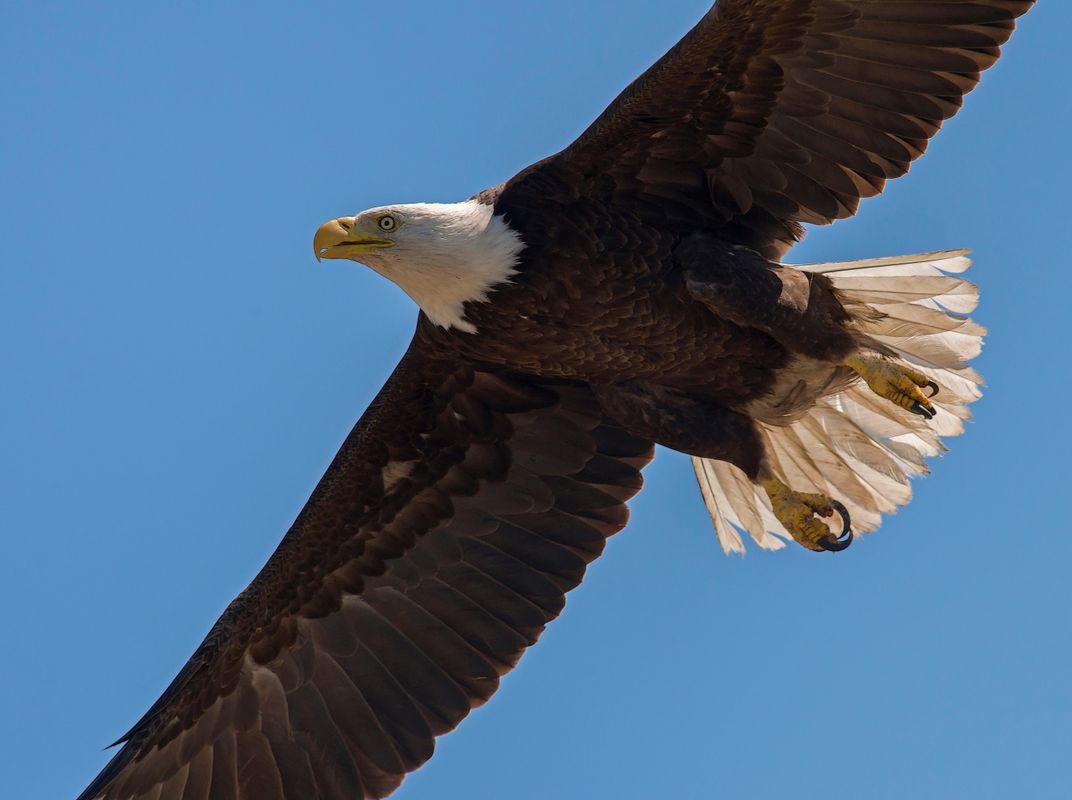
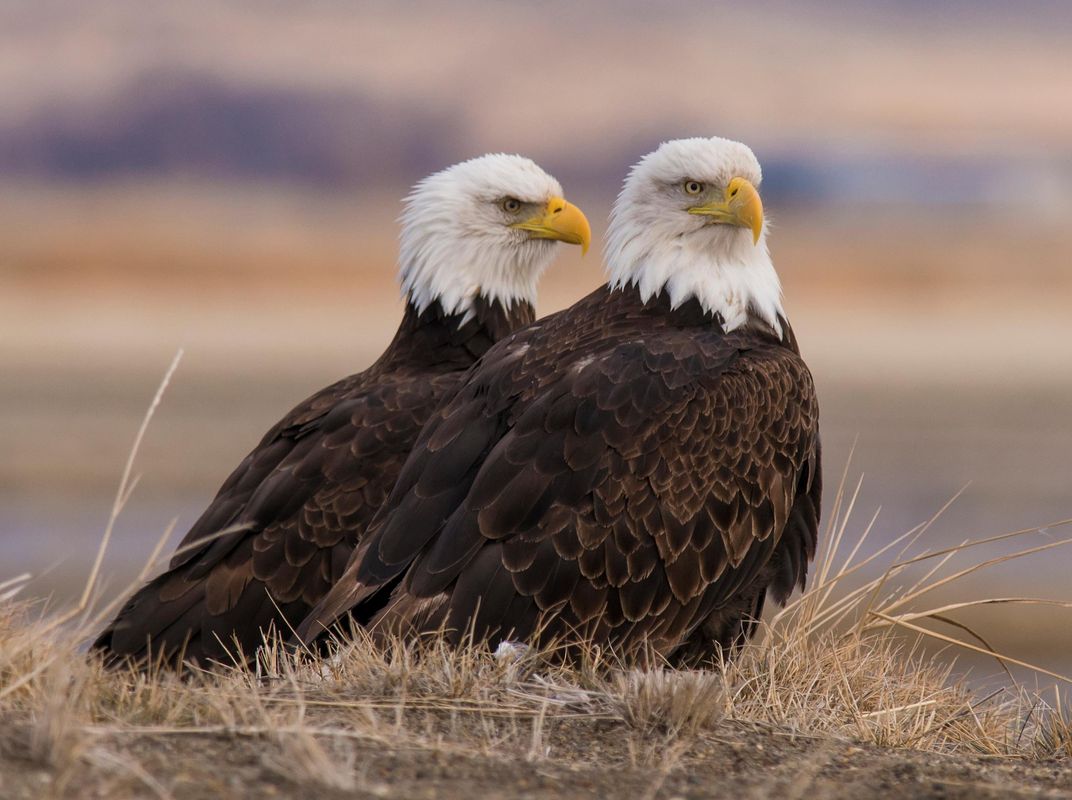
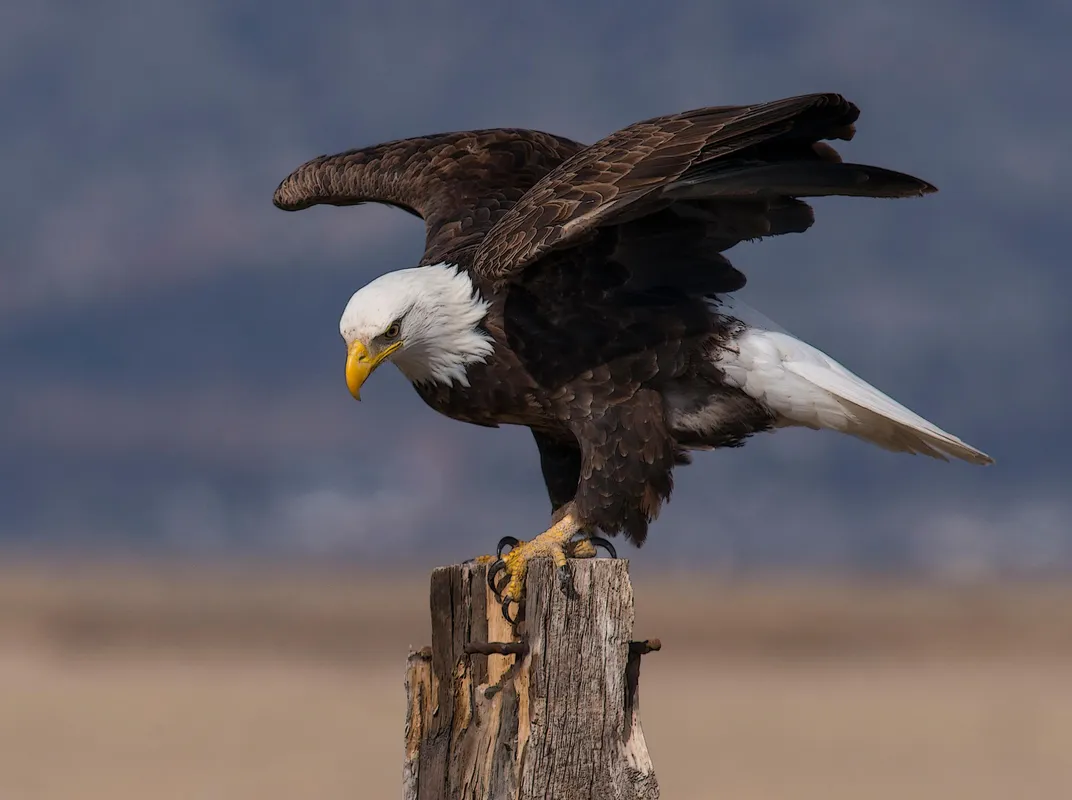
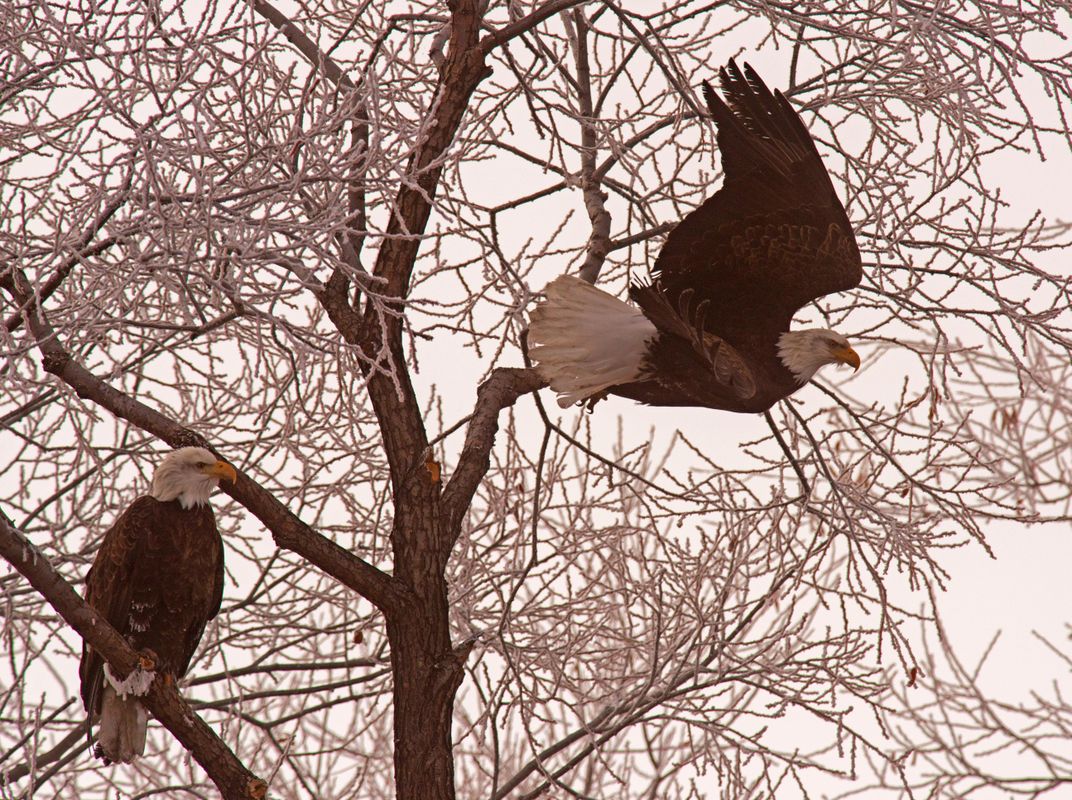
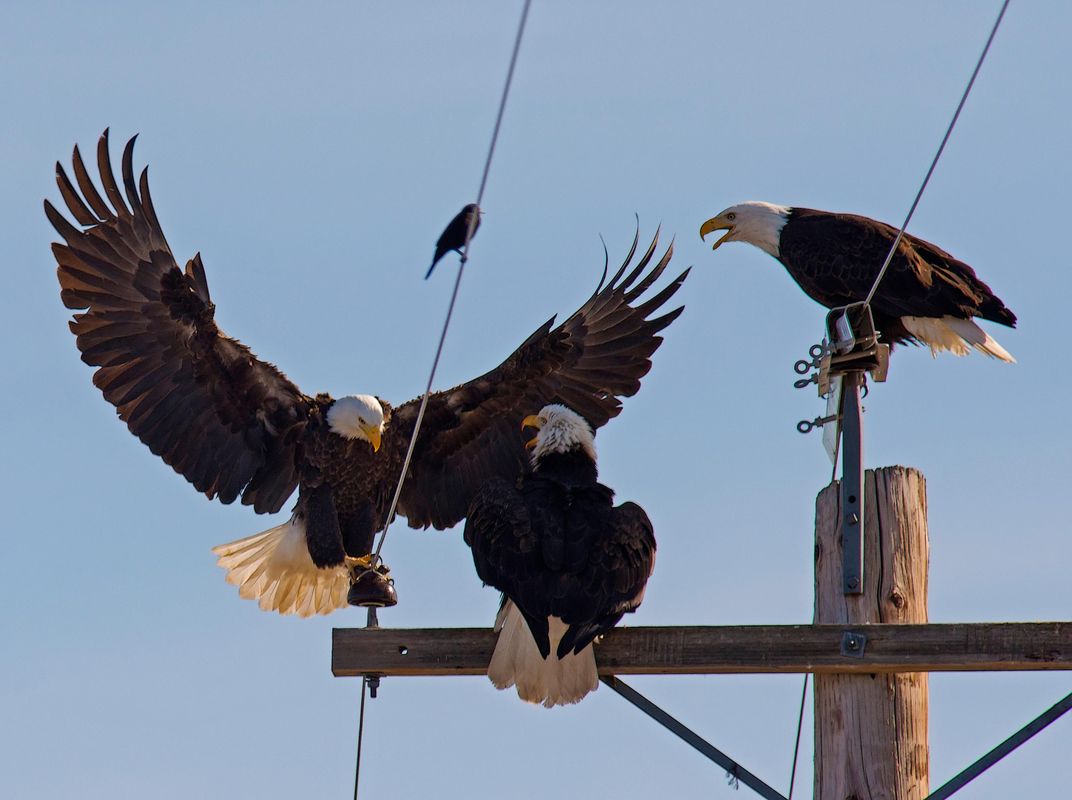
/https://tf-cmsv2-smithsonianmag-media.s3.amazonaws.com/accounts/headshot/natasha-geiling-240.jpg)